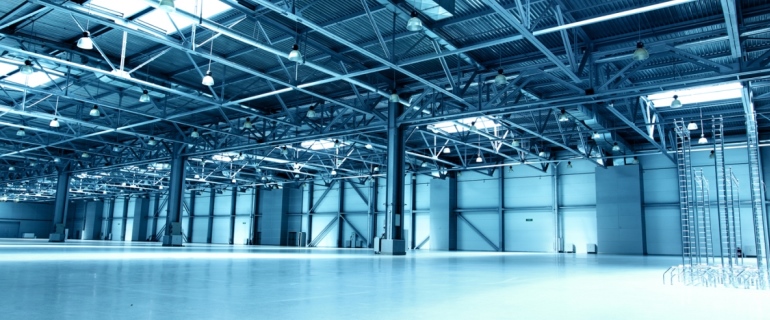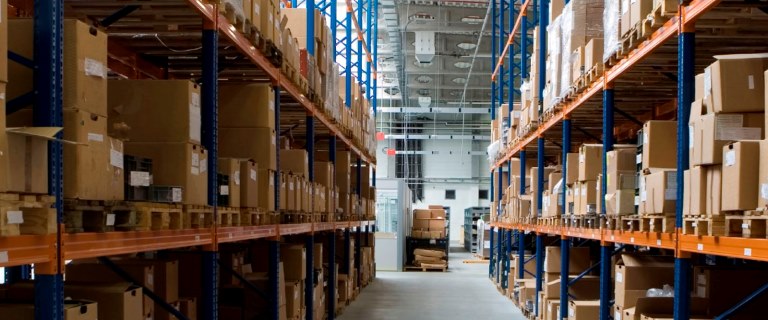In Prologis’ recent third quarter earnings call, CEO Hamid Moghadam was blunt in his assessment of the industrial sector’s supply-demand equilibrium:
“With vacancies at unprecedented lows, space in our markets is effectively sold out.”
It is, of course, little secret that industrial rents are at a premium and tenants are jockeying for what space they can find. But new details in Prologis’ Industrial Business Indicator report show just how much of an uphill climb supply will have before it meets current and future demand.
Prologis reports that construction starts have risen to an all time high of 120 million square feet, with speculative construction representing roughly 88% of all starts in the quarter. But pre-leasing has also reached its own record of 70%. That, coupled with construction delays, which are spreading out deliveries, means the risk of oversupply is low.
“We do not anticipate significant supply relief in most key locations; new supply is concentrated in low-barrier secondary and tertiary markets and the outlying submarkets of inland markets,” Prologis Research said.
Indeed, it concludes that demand is set to outpace new supply through the near term. The reasons include the ongoing rise of e-commerce penetration and companies’ move to build resilience into their supply chains. In addition, retail sales are robust, and trillions of dollars in pent-up savings and record-high consumer net worth should support future spending growth.
Prologis Research forecasts net absorption of 375 million square feet and deliveries of 285 million square feet for the full year.
“Looking ahead, we expect that market conditions will remain exceptionally competitive for customers looking to expand, making it essential to plan early and move quickly.”
Source: GlobeSt.


